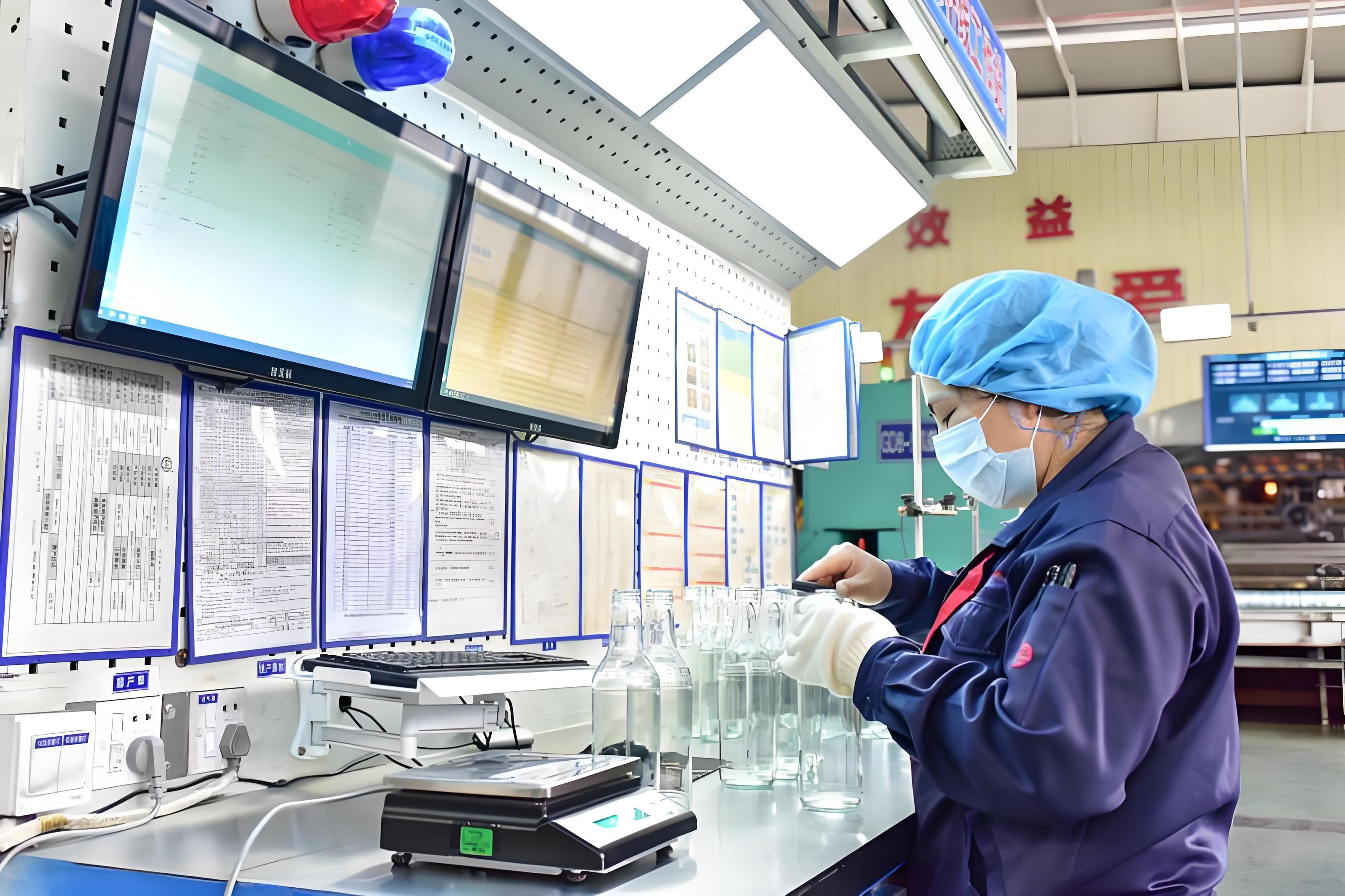After the production of glass bottles is completed, the first step is to conduct an appearance inspection. Observe whether the bottle body is flat and smooth, and if there are any obvious unevenness. If the bottle body is uneven, it not only affects the appearance but may also cause problems in subsequent filling, transportation and other processes, such as affecting the labeling effect or breaking due to uneven force when stacked.
Carefully check the bottle body for any impurities such as bubbles or stones. Bubbles can reduce the strength of glass bottles, and stones may even cause them to break during use, especially for products that hold food, medicine and other items with extremely high safety requirements. These impurities are absolutely not allowed to exist. The glass bottle can be rotated by strong light to conduct a comprehensive inspection and ensure no omissions.
The bottle mouth is also a key part. Check whether the bottle mouth is round and flat. If there are defects in the bottle mouth, such as deformation or notches, it will affect the sealing effect of the bottle cap, causing product leakage or deterioration. At the same time, it is necessary to check whether the thread at the bottle mouth is clear and complete, and whether it fits tightly with the bottle cap to ensure good sealing performance.
Whether the color of the bottle body is uniform and consistent should not be ignored either. Uneven color may affect the display effect of the product. For the packaging of some products with high appearance requirements, such as cosmetics and high-end wines, this is a serious quality problem. Only by passing strict appearance inspections and screening out glass bottles with obvious appearance defects can we ensure that the products entering the next stage have basic quality guarantees and lay a good foundation for subsequent use.

